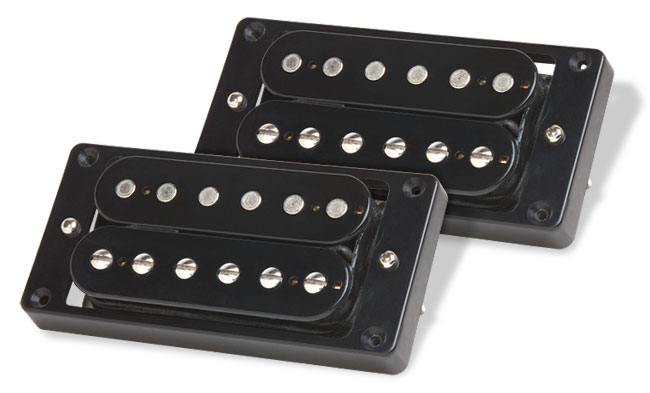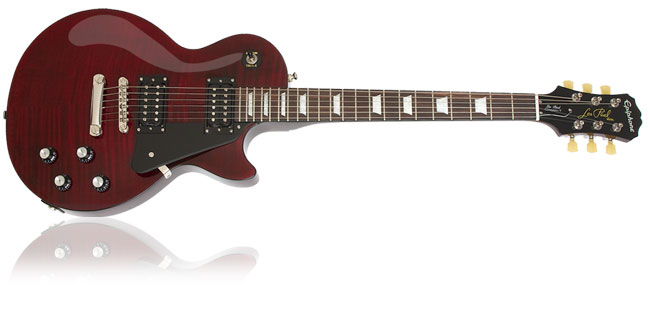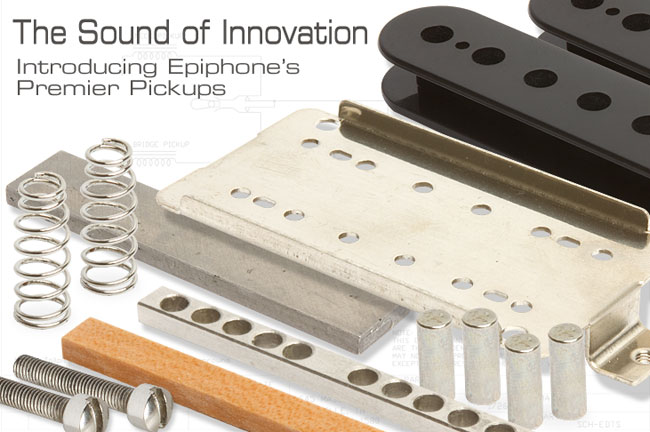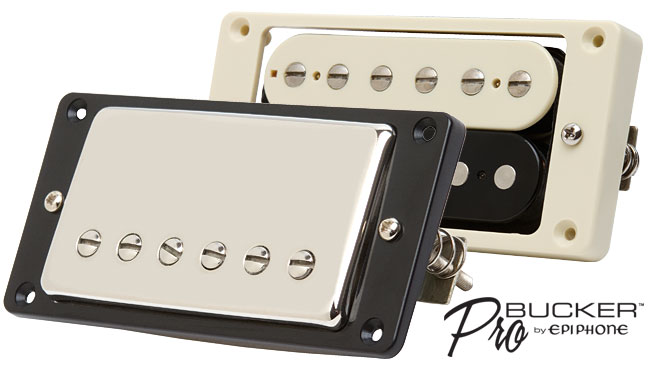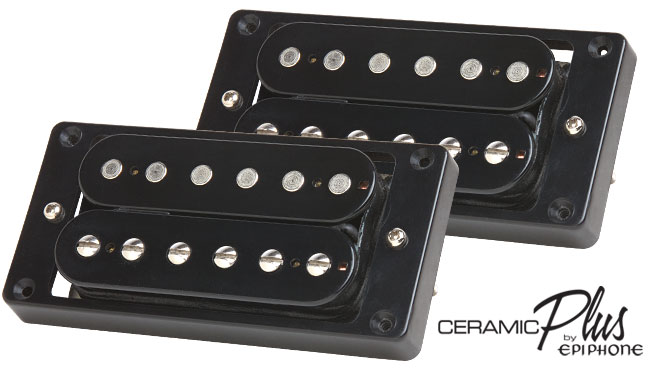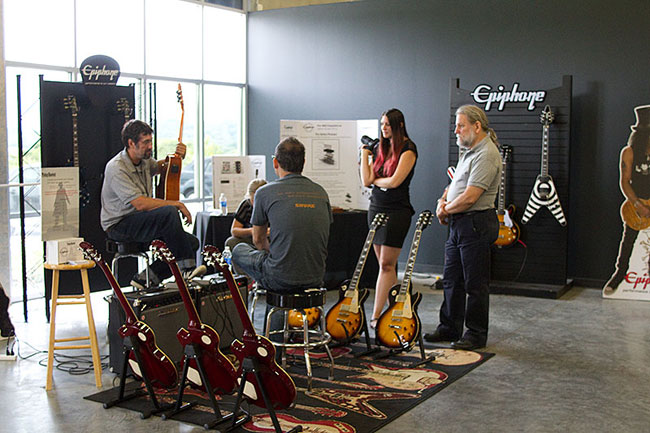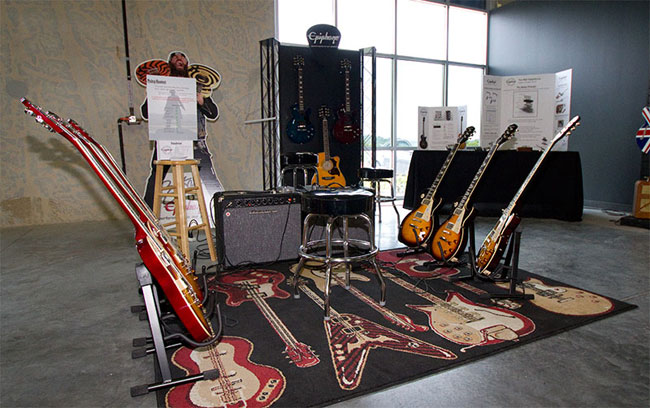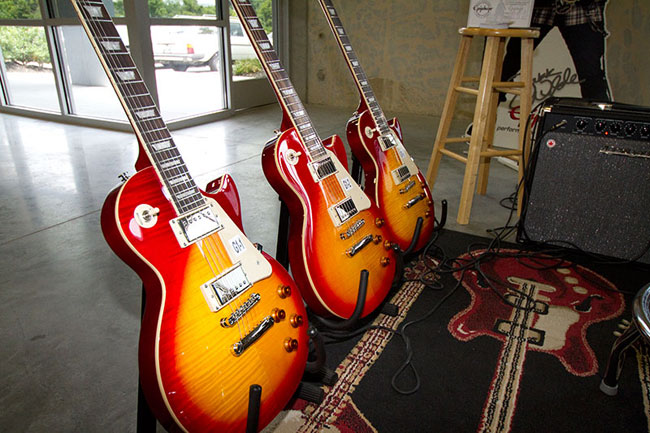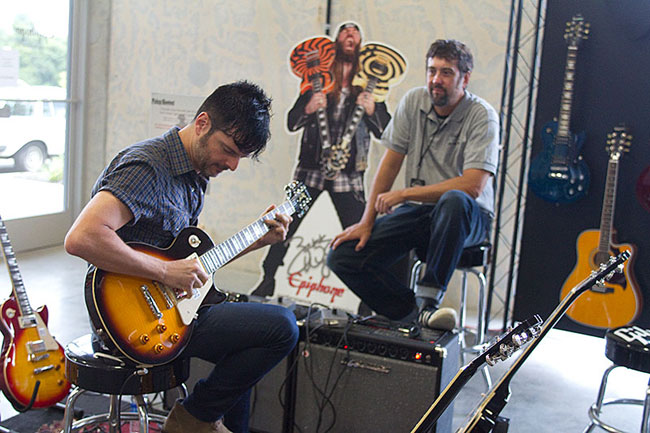Paruwi
Kraut-Rocker
Some (corporate) facts about Epiphone pickups..
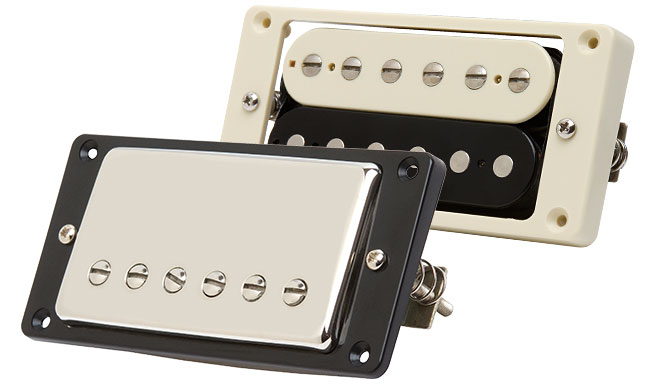
Epiphone ProBucker™ Pickups: You'll Love The Way They Sound
In an effort to continually improve quality, Epiphone has introduced new features over the years like our wiring harness Quick Connector for unequalled reliability and ease of service, an All-Metal Toggle Switch to ensure years of reliable service and performance, the LockTone™ Tune-o-matic/Stopbar that auto-locks the bridge and tailpiece in place with no tools needed, Full-Size 1" Diameter Potentiometers for better "throw," longer life and reliable service and proprietary Non-Rotating Output Jacks that feature an improved contact shape and heavy-duty spring steel... just to name a few.
Now we are proud to announce the introduction of the Epiphone ProBucker™ pickup. Currently offered in various models including the Les Paul Standard PlusTop PRO, Les Paul Ultra PRO, Les Paul Standard Quilt Top PRO, Les Paul Custom PRO, Les Paul Ultra-III, and other models coming soon. These pickups are an inspired version of Gibson's BurstBucker, featuring unevenly wound coils and Alnico-II magnets that replicate that "Patent Applied for" airy tone. You'll love the way they sound!
ProBuckers feature:
18% Nickel Silver unit bases and covers: This is the same alloy used by Gibson. The use of Nickel Silver reduces the occurrence of eddy currents due to low conductivity and provides a more transparent and crisp output.
Bobbins manufactured to Gibson specifications and dimensions: The size and shape of bobbins has great impact on tonal response. The bobbins used on these pickups duplicate the size and shape of the gold standard in the industry, Gibson humbuckers.
Elektrisola magnet wire: The same wire used by Gibson. Single build (thickness of coating on wire) high quality magnet wire manufactured to NEMA (National Electrical Manufacturers Association) standards.
Pole screws and slugs: Manufactured to Gibson specifications, using the same metal alloys.
Also: ProBucker pickups feature Sand cast Alnico II magnets, high quality 4 conductor lead wire and are Vacuum Wax potted to eliminate microphonics.

Epiphone ProBucker™ Pickups: You'll Love The Way They Sound
In an effort to continually improve quality, Epiphone has introduced new features over the years like our wiring harness Quick Connector for unequalled reliability and ease of service, an All-Metal Toggle Switch to ensure years of reliable service and performance, the LockTone™ Tune-o-matic/Stopbar that auto-locks the bridge and tailpiece in place with no tools needed, Full-Size 1" Diameter Potentiometers for better "throw," longer life and reliable service and proprietary Non-Rotating Output Jacks that feature an improved contact shape and heavy-duty spring steel... just to name a few.
Now we are proud to announce the introduction of the Epiphone ProBucker™ pickup. Currently offered in various models including the Les Paul Standard PlusTop PRO, Les Paul Ultra PRO, Les Paul Standard Quilt Top PRO, Les Paul Custom PRO, Les Paul Ultra-III, and other models coming soon. These pickups are an inspired version of Gibson's BurstBucker, featuring unevenly wound coils and Alnico-II magnets that replicate that "Patent Applied for" airy tone. You'll love the way they sound!
ProBuckers feature:
18% Nickel Silver unit bases and covers: This is the same alloy used by Gibson. The use of Nickel Silver reduces the occurrence of eddy currents due to low conductivity and provides a more transparent and crisp output.
Bobbins manufactured to Gibson specifications and dimensions: The size and shape of bobbins has great impact on tonal response. The bobbins used on these pickups duplicate the size and shape of the gold standard in the industry, Gibson humbuckers.
Elektrisola magnet wire: The same wire used by Gibson. Single build (thickness of coating on wire) high quality magnet wire manufactured to NEMA (National Electrical Manufacturers Association) standards.
Pole screws and slugs: Manufactured to Gibson specifications, using the same metal alloys.
Also: ProBucker pickups feature Sand cast Alnico II magnets, high quality 4 conductor lead wire and are Vacuum Wax potted to eliminate microphonics.

